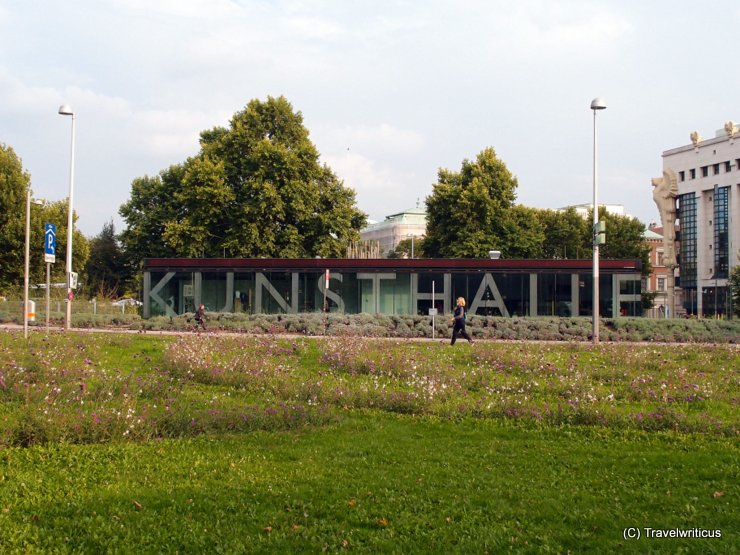
This exhibition hall at the Karlsplatz in Vienna is an outpost of the Kunsthalle at the Museumsquartier. By the way, the bird-like sculpture at the right edge of this pic is an owl decorating the library of the Vienna University of Technology.
You only see what you know (Goethe)

This exhibition hall at the Karlsplatz in Vienna is an outpost of the Kunsthalle at the Museumsquartier. By the way, the bird-like sculpture at the right edge of this pic is an owl decorating the library of the Vienna University of Technology.
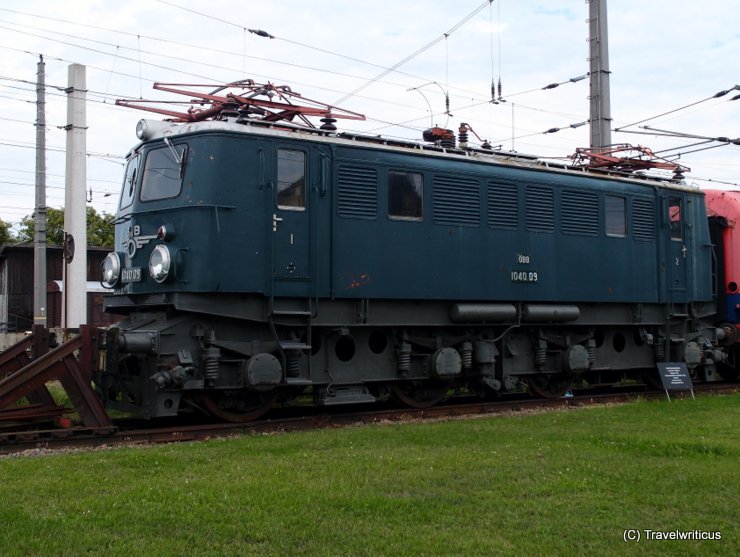
This locomotive ÖBB 1040.09, built in 1951, forms an exhibit at the Waldviertel Railway Museum (Waldviertler Eisenbahnmuseum) in Sigmundsherberg. In addition to Austrian railway history, you also see an exhibition about the Sigmundsherberg POW camp from WWI. [German]
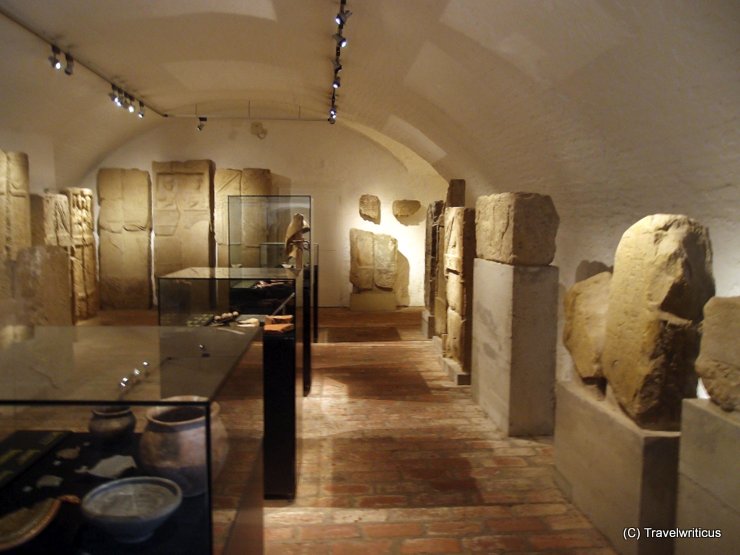
This exhibition room of Stift Klosterneuburg (Klosterneuburg Monastery) displays ancient Roman pieces. They are from an ancient predecessor settlement of today’s Klosterneuburg. The name of the Roman place is uncertain. Suggestions are Arrianis, Asturis, Cannabiaca or Quadriburgium.
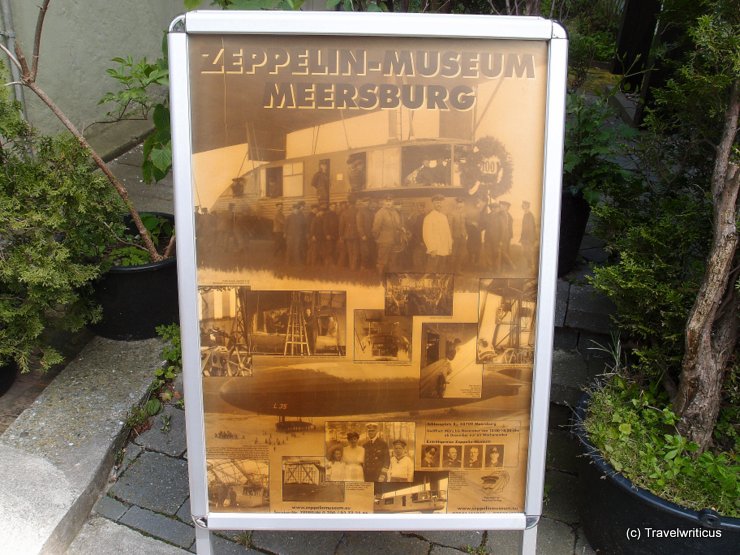
On my way to Meersburg Castle, I came across this Zeppelin museum. If one is interested in this kind of airship, this museum and the Zeppelin museum in Friedrichshafen nearby would be a good combination.

At the Rosgartenmuseum I visited an exhibition which told about the life in Constance in the years of the council. At this museum there is also a copy of a chronicle exhibited which is considered as the main source about the live around the council: ‘The Chronicle of the Council of Constance by Ulrich von Richental’.

Every year at the State Museum of Archaeology in Constance, an exhibition takes place in cooperation with the toy company Playmobil. In 2014 the exhibition topic was the Council of Constance (1414-1418). The title of the exhibiton was ‘Voll bis unters Dach‘.
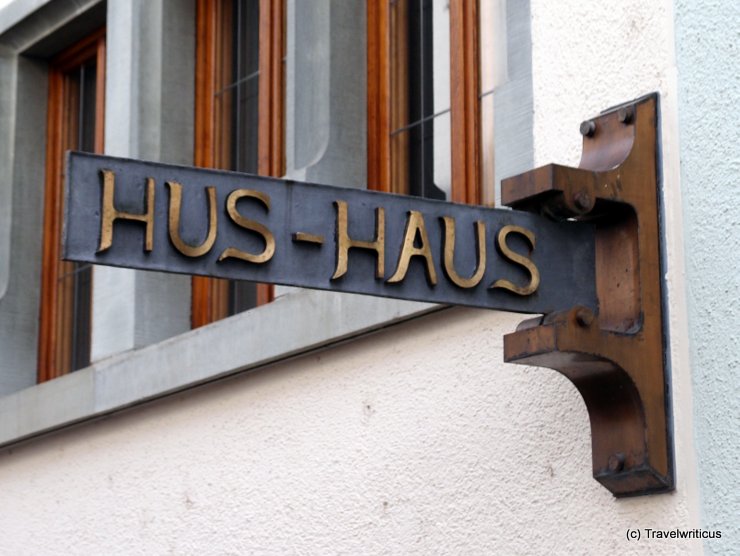
The Hus Museum is situated at the Hus-Haus, which was supposed to be Jan Hus’ harbourage before he got arrested. During my stay in Constance, a historian told me this was wrong. Jan Hus did probably stay in another building. The Hus Museum is worth a visit anyway.

At the theme park Mendlingtal the former building for the young blacksmiths (Schmiedegesellen) serves as museum now. Inside one can learn about the life of the blacksmiths, woodcutters and the owners of the hammer mills named Hammerherren.
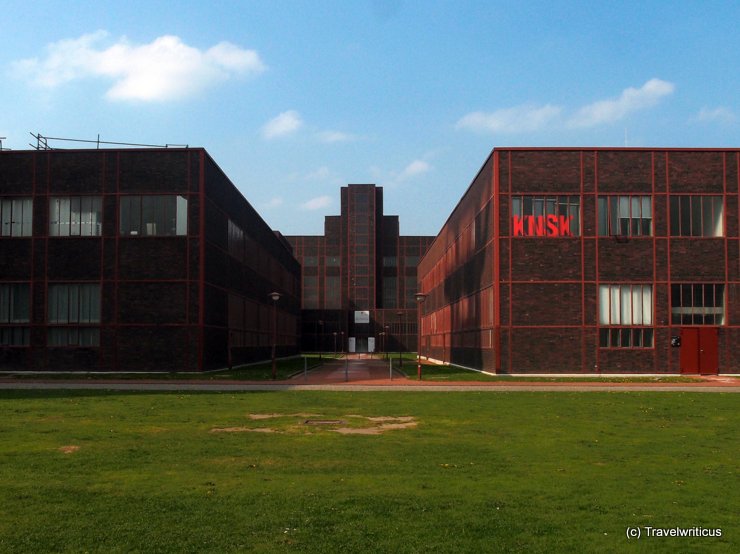
You find the Red Dot Design Museum in the former boiler house of shaft 12 at the Zeche Zollverein. That is a good place for a design museum as the former industrial plant looks pretty ‘designed’ in its Bauhaus style.

The former coal preparation plant of the Zeche Zollverein – a coal mine inscribed as a World Heritage Site now – houses the Ruhr Museum. This museum tells about the history of the Zeche and the Ruhr area.
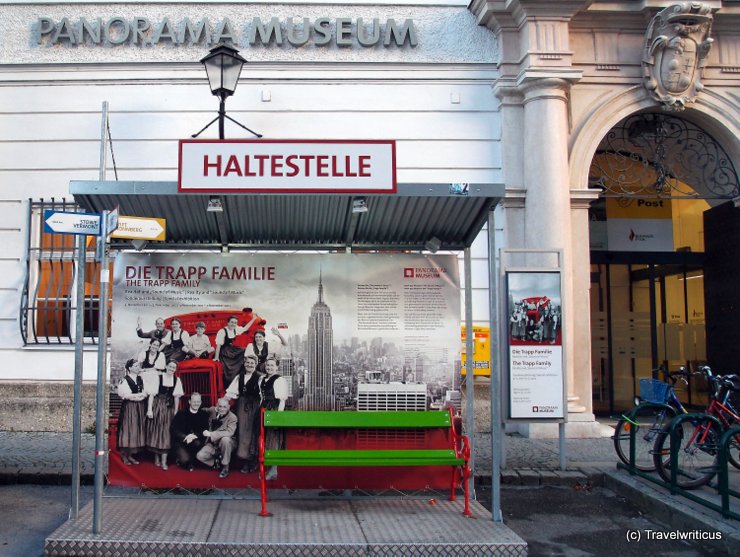
At the Panorama Museum, a dependency of the Salzburg Museum, I visited an exhibition about the real Trapp Family. This family was featured in the musical movie ‘The Sound of Music’. At the exhibition, I learned about the Trapp’s life and the songs they sang.
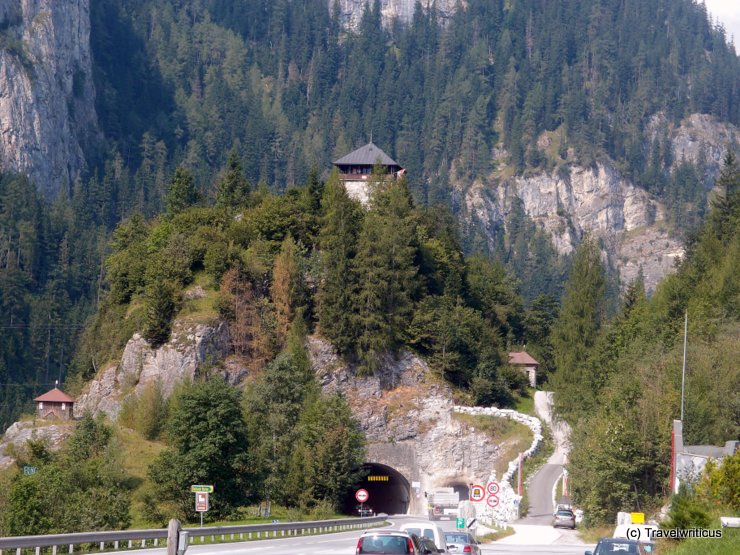
I often pass Klammstein Castle (Burg Klammstein) on my train journeys through the Gastein Valley (Gasteinertal). In earlier times, this fortification blocked the valley in the north.